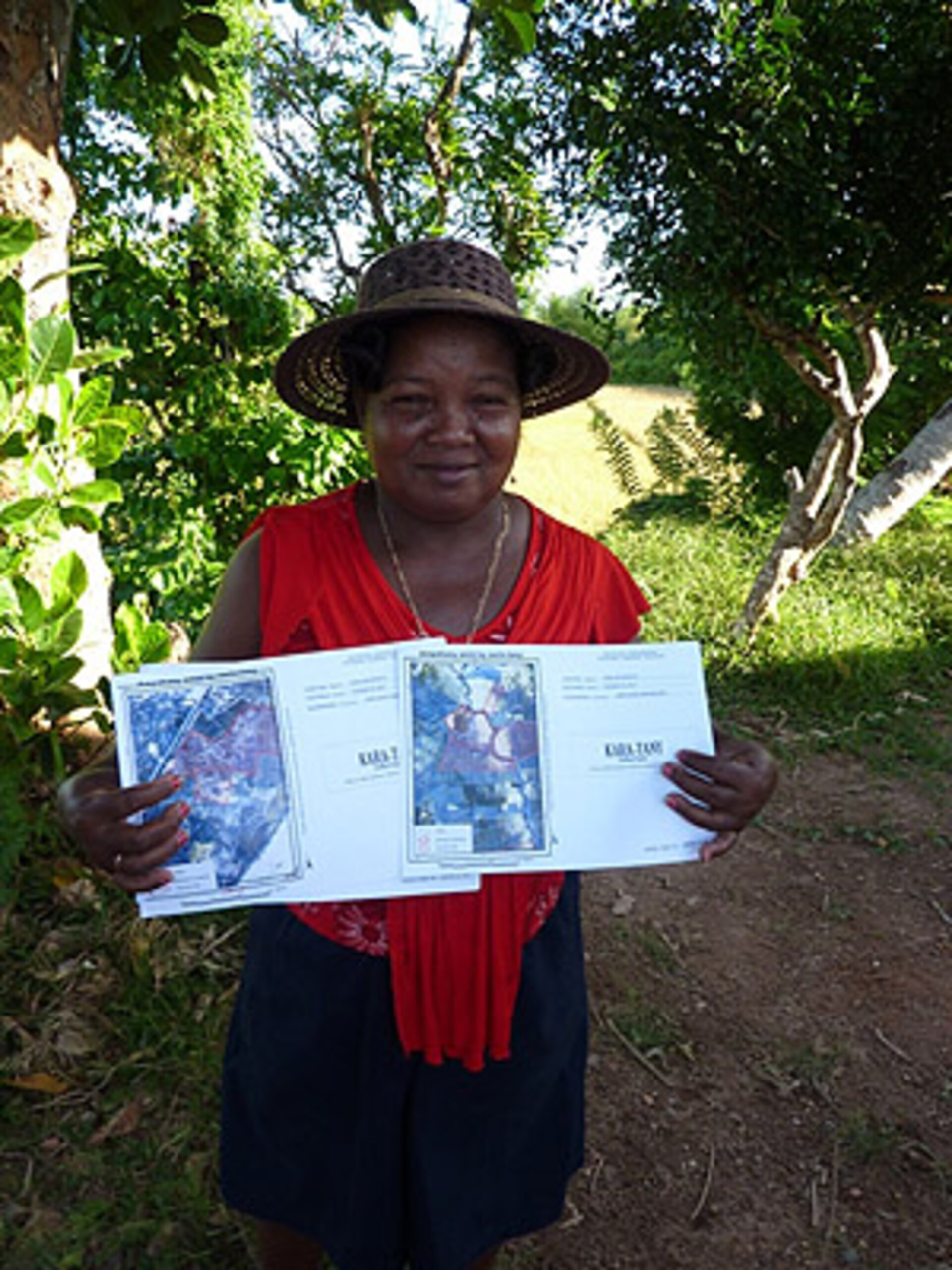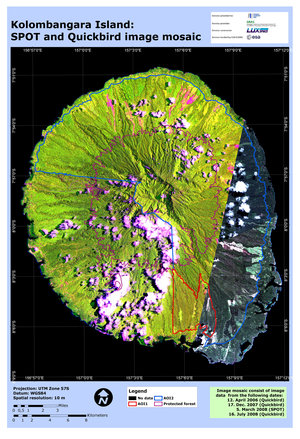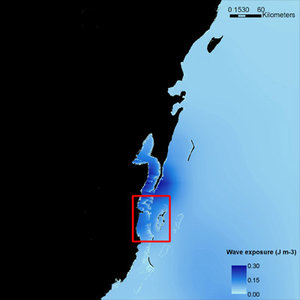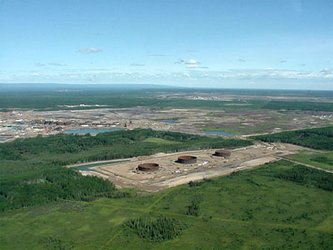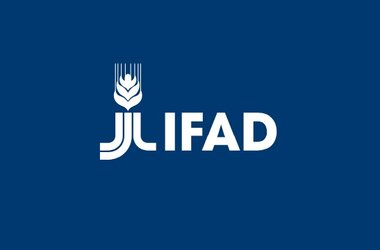Rural development gets help from the sky
Since 1979, the International Fund for Agricultural Development has funded 13 rural development projects in Madagascar to eradicate rural poverty. With the country facing an exploding population and food crisis, the agency is looking skyward for support.
To meet the demographic challenges and to help the growing population with food security, ESA and the International Fund for Agricultural Development (IFAD) are collaborating to identify detailed geospatial information needed to support projects in Madagascar.
Earth observation satellites enable objective observations of the status of remote rural areas consistently over space and time. This information can be used to design, plan, monitor and assess the impact of development projects.
In the last 12 months, ESA has conducted three trials using state-of-the-art Earth observation services. These trials have provided invaluable information on rice acreage, inundation areas and land parcels, which assist IFAD to monitor better the impact of its projects.
Strengthening food security

One of IFAD’s projects focuses on strengthening food security of the rural population in the dry, famine-prone region of the Mandraré Basin by increasing productivity of the irrigated and rain-fed crops.
To monitor better and assess the impact of the project, IFAD required accurate information to determine the current state of crop acreage and how land-cover had changed in the last 15 years.
Satellite-based digital thematic maps of land-cover and land-use provide information on crops such as rain-fed maize, cassava, irrigated rice and orchards.
Thanks to the satellite images archive, ESA was able to provide historic data on land coverage changes between 1996 and 2010. This provided IFAD development specialists with reliable information: during that time, rice fields grew by more than 30%, rain-fed crops by 28% and irrigated crops by about 9%.
"Since remote sensing has become a popular area of study and experts can be found all around the world, incorporating these data into our projects helps us to strengthen local capacity and transfer this knowledge to local stakeholders to improve national capacities," said Benoit Thierry, IFAD’s Madagascar Country Programme Manager.
Improving development planning

To support development in the Menabe region, another IFAD project focuses on sustainable expansion of arable land, mainly through implementing irrigation schemes and securing agricultural land.
To single out areas with the potential for further agricultural activities, information was needed about the area’s slope and drainage system to identify areas prone to flooding.
Using satellite data, ESA produced land-cover maps and digital elevation models. The maps were complemented by GIS information of slopes and drainage systems. The patterns formed by streams, rivers and lakes, were used to design the irrigation schemes.
"It is very costly and time consuming to send teams to assess remote regions, which are often very difficult to reach," Thierry said.
"With these products, we can get details about the land and develop action plans much quicker and only send teams to select areas. Of course, this is also true of monitoring and assessing the implementation of projects."
Securing land rights

The Malagasy Government is introducing a scheme that offers rural farmers the opportunity to formalise land ownership, which reduces their vulnerability to hunger and poverty.
To simplify the exchange of land titles, a detailed image database is needed that enables the classification and delineation of land concessions and properties.
Based on new very high resolution satellite images, maps were produced for three districts in Haute Matsiatra. These images provide a good approximation of the location and size of specific land plots.
This has enabled IFAD to assist the government in providing small farmers with land ownership certificates.
Following these initial trials, IFAD and ESA are discussing how Earth observation data can support other development activities, including establishing country strategy plans, assessing food security, managing water and adapting to climate change.
"Satellites have a lot to offer, and the next generation will offer even more," Thierry added.
"This means it is very important to build a process now with northern and southern stakeholders, including regional and national networks, that can grow along with these advances in technology.
"If we don’t incorporate this technology into our work now, I’m afraid we will miss the train."


